Another new language for the International Booker: this is the first nominee translated from Catalan. It’s short and intense, which are both things I like. Baltasar’s narrator is an itinerant cook. She’s not one for settling down, and pours her energy into her work.
Things change when she finds on a merchant ship and meets Samsa, a geologist who nicknames her Boulder. Samsa gets a job in Iceland and the pair’s relationship moves beyond the physical. But Samsa is looking for the kind of orderly life which is ultimately anathema to the narrator. Then Samsa announces that she wants to have a baby, subsequently giving birth to Tinna. At each stage, Boulder finds herself considering what she really wants and how to relate to Samsa (and Tinna).
Baltasar’s novel is dense with imagery, which brings you close to the narrator:
My hands are knives, basting brushes, squeezers. I use them to manipulate food and also plunge them inside my head, where they braise the desire that occupies and perishes me. Desire cannot be killed, it can only be fermented and rocked to sleep. I cook to save myself. I cook ceaselessly. Tinna’s laughter mixes like foam into peaks of sugar and egg whites. She plays hide-and-seek and shrieks with excitement when Samsa pretends that she can’t find her and calls me over. Her voice trickles along the kitchen living-room floors, like a vinegar that can bleach me and break me up.
Translation from Catalan by Julia Sanches
Boulder finds her way in time, though it may not be quite where she anticipated. To be with her on the journey is quite something.
Published by And Other Stories.
Click here to read my other posts on the 2023 International Booker Prize.






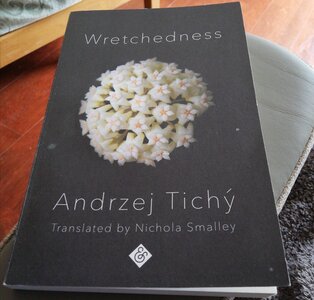
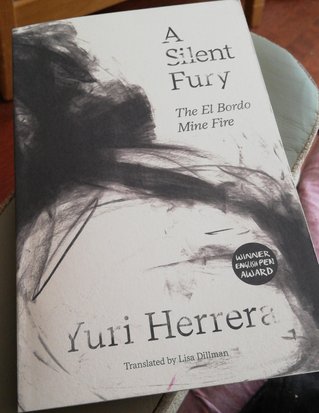
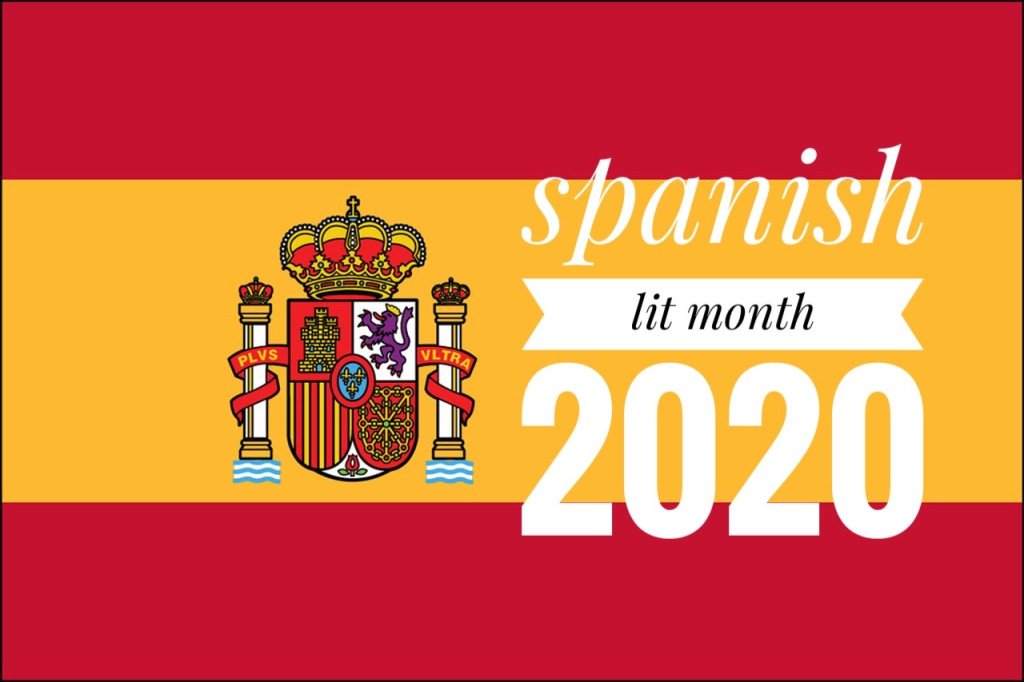
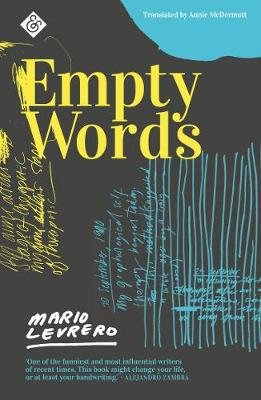
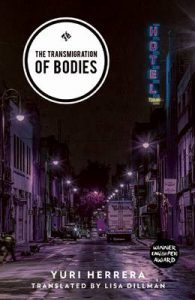
Recent Comments